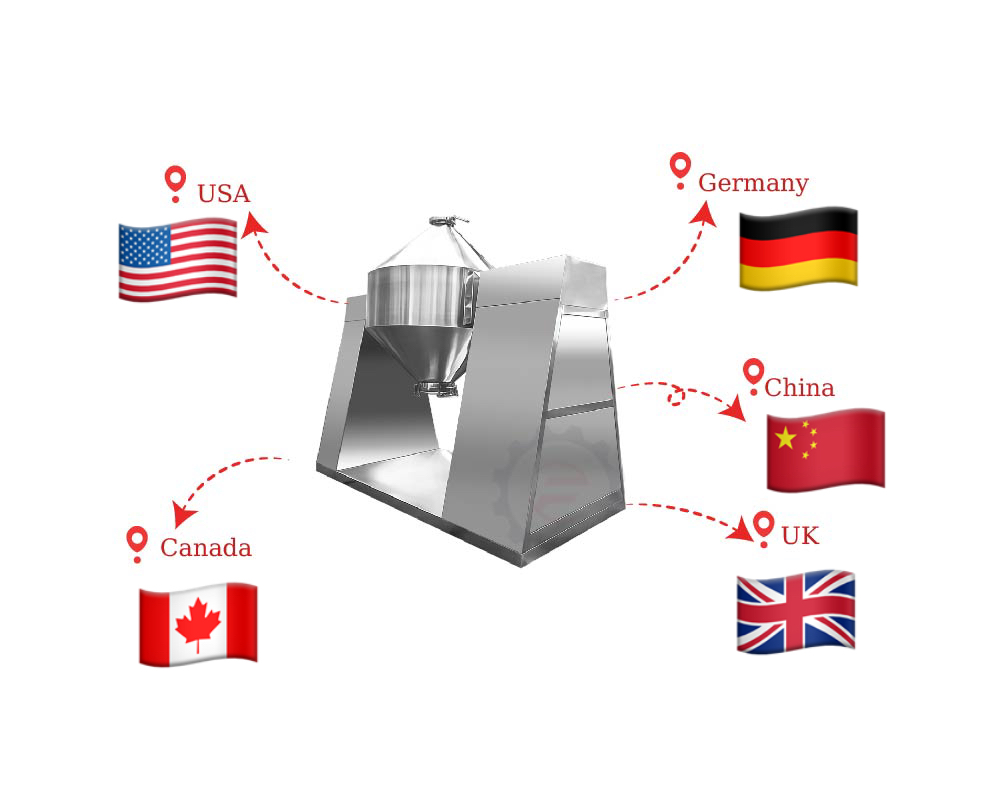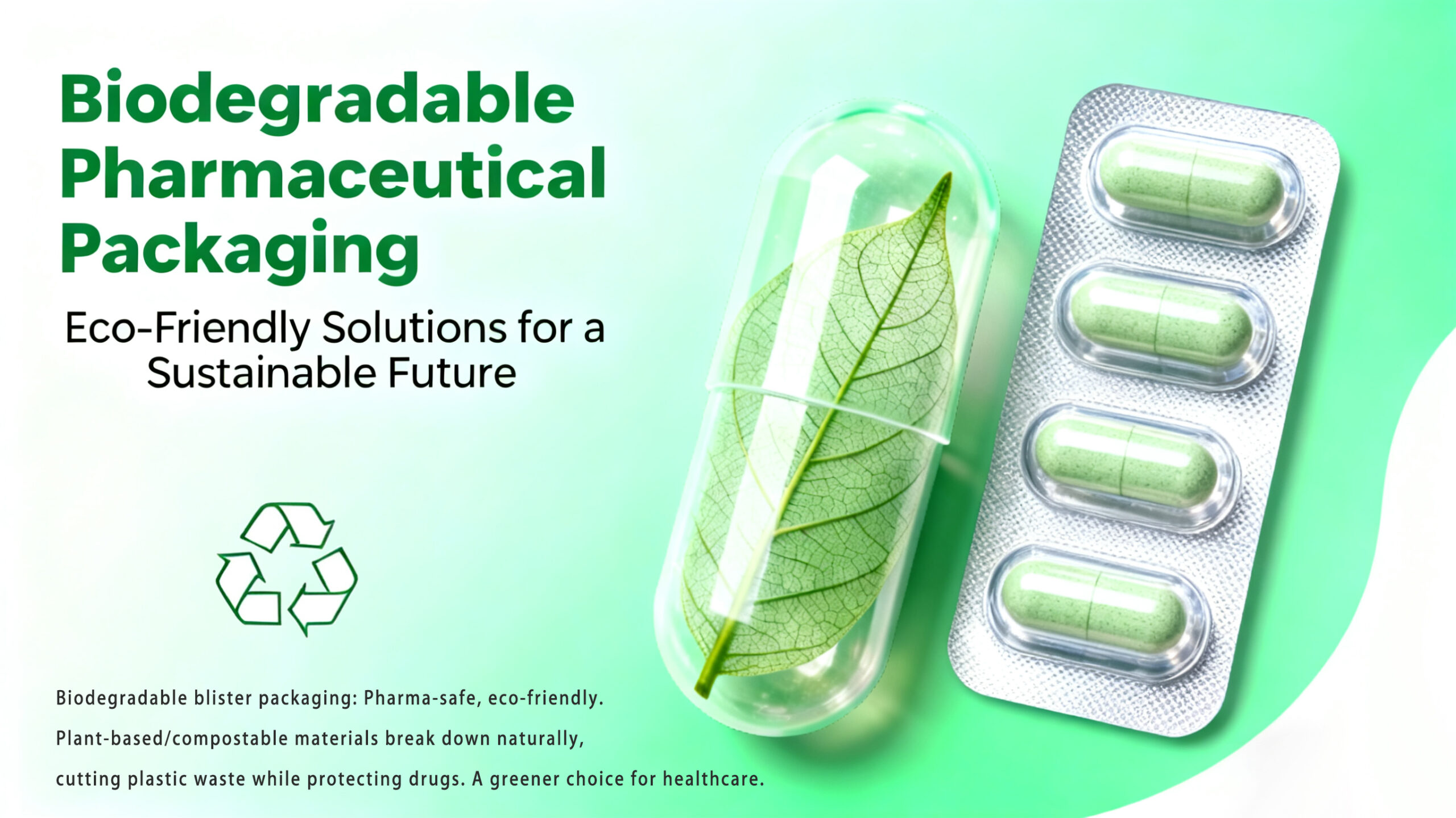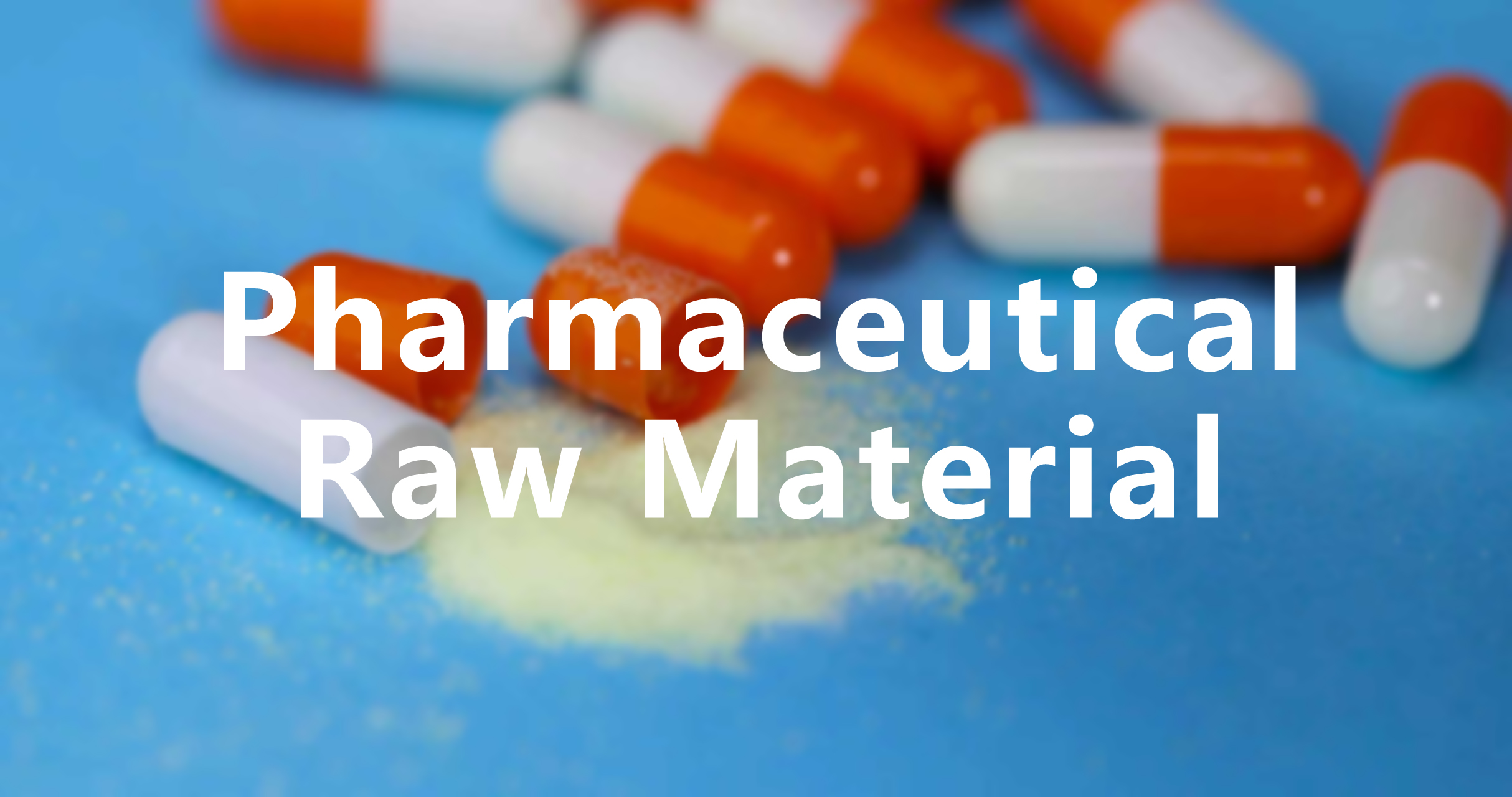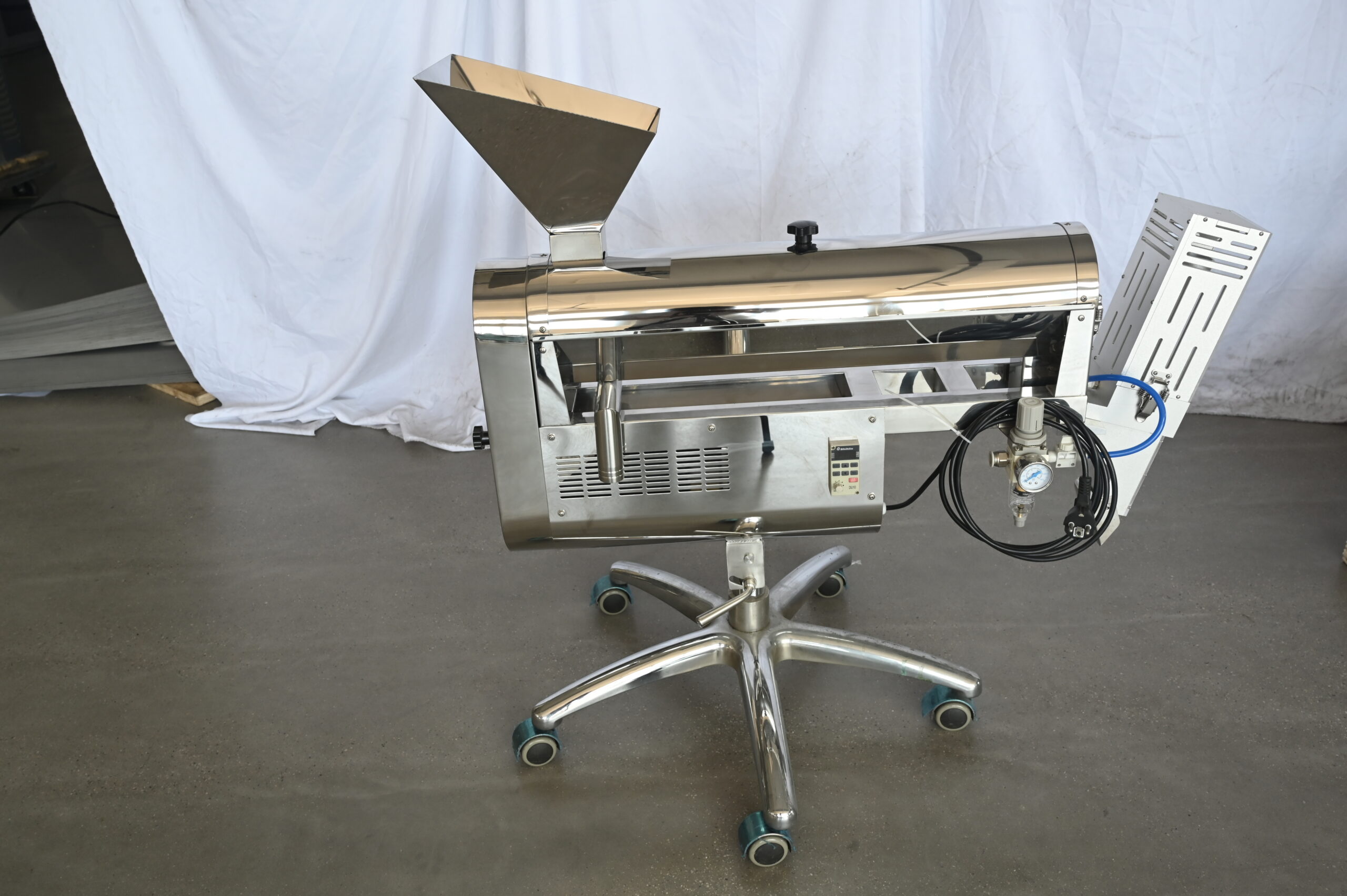Blister molds are commonly used in various industries, from pharmaceuticals to consumer goods industries. They help protect critical medications, electronics, and even nutraceuticals. That’s the reason the global blister packaging market is expected to hit USD 53.35 billion by 2032. But which type of blister mold to choose for your business? What are the different available materials? If you want to know these and more about blister packaging, this article is for you! Continue reading.

What is Blister Mold?
Typically, blister molds are components that shape heated plastic film or sheets into cavities using air pressure or vacuum. This packaging process protects various products by inserting them within the molds or cavities and subsequently sealing them with a lidding or backing material, and as blister machine core component to made different products. Overall, it’s cost-effective, maintains product integrity, and also ensures high production efficiency.

Let’s look at the overall process of using a blister mold in packaging:
- The first step involves vacuum mold production using gypsum or other materials like metal and wood. Once the mold is dry, use 1 to 2 millimeters of drill flowers to drill small holes in the low and concave areas.
- Unroll a plastic film and feed it into the packaging machine. The plastic film is preheated to a suitable temperature to make it soft and flexible, preparing it for molding.
- It’s then pressed into the mold using compressed air or high pressure to form individual blister cavities.
- Next, the newly formed blister cavities are moved to a filling station where the product, such as tablets and capsules, is carefully placed in the blisters.
- A lidding material, usually an Aluminum foil, is then placed on the blisters and heat-sealed under specific temperature and pressure to keep the blister’s contents secure.
- The final steps involve embossing or printing batch numbers and expiry dates on the blisters and cutting them into strips.
Types of Blister Molds
When it comes to the types of blister molds or packaging, two types that shine include thermoforming and cold forming. Here’s a detailed explanation of each so you can pick the right one for your applications:
Thermoforming
Thermoforming blister packaging is made by heating a plastic sheet or film to a pliable temperature and molding it into a cavity where the product is placed. Another material, often a foil or plastic layer, is then sealed over the blister molds to secure the products. Some common names for thermoforming are bubble packs, clamshells, or display packs.

Let’s look at the different types of thermoforming blister packaging methods:
- Vacuum Forming: As the name implies, in this process, a plastic sheet is heated until malleable and then sucked into the desired shape using a vacuum. When it cools down, the final blister mold is ejected from the machine. Generally, vacuum thermoforming uses pneumatic, hydraulic, and heat controls to enable faster and higher-quality production of blister molds. You can create blister designs in less time, catering to the needs of end customers.
- Pressure Forming: If you are aiming for a difficult blister shape that isn’t achievable by air, pressure forming comes into play. In this, the plastic films are pushed into a die to form a uniform thickness. There are refrigerated plates that press the film into its new shape. It’s then cut using a die cutter to get the final product design. This method is quite good for creating intricate but precise blisters and works with materials such as PET, PVC, and PP.
Cold Forming

At its core, cold forming is a process in which a thin aluminum foil sheet is transformed into cavities or blister molds using high pressure without the application of heat. The blister machine uses a pressure stamp to force the sheets into a specific mold shape. So even when the stamp is removed, the aluminum film stretches and retains the mold shape.
This approach offers many benefits, like low energy costs since there’s no energy consumption for heating, and it provides a barrier against moisture and oxygen. However, it also has some downsides, including high raw materials cost and slow production speed compared to thermoforming blister packaging.
Different Blister Molds Materials
There are a variety of blister mold materials that you can use for your applications, including PVC, PVDC, and Aluminum foil, among many others. Here’s an overview with their key characteristics:
PVC
PVC stands for polyvinyl chloride, which is a synthetic plastic polymer. It’s made by the polymerization of vinyl chloride monomers and is popular for its durability, chemical resistance, and cost-effectiveness.
Since it’s a lightweight material, it has a density of around 1.3 to 1.45 g/cm³ and a melting point of 212°C (414°F). The best part is its high clarity, which allows consumers to see the products inside the blister molds.
PVDC
PVDC or polyvinylidene chloride is a thermoplastic polymer that is known for its exceptional barrier properties against gases, moisture, and oils. These superior properties are because PVDC has twice the chlorine content compared to PVC.
It has a higher density than PVC, standing at around 1.86 to 1.88 g/cm³. On top of this, its melting point is quite high, 185 to 200°C. However, it’s expensive and has some recycling challenges.
OPA-ALU-PVC
OPA-ALU-PVC is a composite foil that’s used in the formation of pharmaceutical blister molds. The OPA (oriented polyamines) layer provides mechanical strength, ALU (aluminum foil) acts as a barrier against environmental conditions, and PVC is the contact and sealing layer.
It’s a popular material used in cold forming as it can be pressed into blister molds without requiring heat. What truly makes it stand out is its puncture resistance and ability to extend the shelf life of products.
Equipment for Blister Molds
Making precise blister molds relies on a set of equipment, from filling stations to chillers, air compressors, and vacuum pumps. Let’s look at the ancillary equipment and their functions:
- Vacuum Pumps: Vacuum pumps are devices that remove air from blister molds and create a negative-pressure environment to keep pharmaceuticals safe.
- Chillers: Chillers are cooling equipment, absorbing heat from the formed blisters to prevent deformation and maintain their stability.
- Punching Station: Cuts the blister molds into individual blisters or packs for easy sorting and organization.
- Feeding Systems: Accurately loads drugs into the blisters for quality assurance. Common types include vibratory, brush, and gravity feeding systems.
- Printing Units: Printing equipment applies batch codes, product name, and expiry date on the blister packs using inkjet or thermal transfer printing technologies.
How to Ensure Quality Control for Blister Molds or Packaging?
The packaging of your products can greatly make or break your business image. Statistics show that 72% of consumers agree that packaging design can influence purchasing decisions. Here’s how you can ensure quality control in your blister molds or packaging:
- Carefully inspect all the incoming raw materials, including aluminum foil, PVC, and paperboard. Make sure they have the desired thickness and there are no uneven coatings or wear and tear.
- Regularly maintain and calibrate all blister packaging equipment, whether it’s the filling station or sealing machine, to ensure consistent performance.
- Use cameras and vision systems to check for defects such as incorrect colors, broken products, and sizes before sealing to avoid customer dissatisfaction.
- Perform vacuum-assisted dye tests to check the integrity of the seal and ensure there are no points where moisture can seep in.
- Make sure that the correct product is placed in each cavity at the correct number and that there are no foreign materials in it.
Advantages of Blister Molds
The advantages of blister molds are many, ranging from clear product preview to reduce risk of damage. Here are detailed insights into the advantages of blister molds:
Clear Product Preview
One of the benefits of blister molds or packaging is that they offer a clear preview of the product. Since most materials used in their manufacturing are transparent, consumers can clearly see the state of the drugs.
They can ensure that all items are accounted for and in good condition. On top of this, blister molds look more visually appealing, leading to quick purchase decisions.
Reduced Product Damage
Do you know that over 7% of stock is lost – either through the 4.1% that get damaged or perish, or the additional 3% that is overproduced? Unfortunately, it’s true!
However, another benefit of blister molds is that they lower the risk of damage during handling, shipping, and shelving. The closed compartments ensure that each product is tightly packed so they don’t move around or knock each other.
Cost-Effective
Most blister mold materials are affordable, which keeps production costs down for manufacturers. In addition, the packaging requires very few materials: a thin plastic film and a backing card. The overall blister packaging process can be automated, which significantly lowers operational costs.
Some other benefits of blister molds are that they are difficult to open for children under age 5, come in various shapes and sizes, and enhance the shelf life of products.
Applications of Blister Molds
The applications of blister molds are diverse, as you can use them to pack pharmaceuticals, nutraceuticals, cannabis, and other food products. Let’s discuss them:
- Pharmaceuticals: In the pharmaceutical industry, blister molds are used to hold capsules, pills, and medical devices, ensuring resistance against tampering.
- Consumer Goods: Often, electronics and tools like knives also come in blister packs to prevent easy access.
- Nutraceuticals: Vitamins, herbs, minerals, and other healthy granules are also packed in blister molds to enhance convenience and protection against environmental factors.
- Food Industry: This packaging is ideal for single-serve items like gums and candies.
What Impacts the Shelf Life of Blister Packs?
But what impacts the shelf life of blister packs? Why are your products experiencing spoilage? Let’s discuss:
Temperature and Humidity
Fluctuating or high temperatures and humidity can cause the tablets to absorb water, which can lead to chemical degradation in drugs. There may be crust formation or microbial growth that significantly lowers the drug’s efficiency and potency.
Oxygen
Oxygen can initiate various chemical reactions, such as oxidation, degrading sensitive or active pharmaceutical ingredients. Combined with moisture, oxygen can further lead to the hydrolysis of APIs. You will then notice discoloration, a change in texture, and even smell.
Light
If the blister molds are constantly exposed to UV light, it breaks down the plastic’s polymeric chains. This causes surface degradation, color fading, and a loss of mechanical strength, which can reduce the product’s shelf life.
How to Maintain Blister Molds Machine?
You have set up your blister packaging and are efficiently making blister molds. However, one important thing that you might be missing out on is the maintenance of the equipment. Don’t know how to do it? Here are some tips that help you:
- Periodically check the plastic heating element of the blister machine. Make sure they work efficiently; if the heating intensity diminishes, the component needs replacement. Residues can also accumulate on the heating plate; clean it to maintain a pristine look.
- After every product cycle, clean the mold to avoid contamination. Keep checking the mold for wear, and if it’s worn out, replace it immediately to maintain good product quality.
- Inspect the cutting tools for sharpness and speed. Replace or repair old tools as necessary to ensure smooth and even cuts.
- As the control system is the brain of the blister packaging line, make sure that all electrical connections are secure, the display works fine, and update the software in a timely manner so the machine operates at its best.
- Set weekly and monthly cleaning and maintenance schedules. Record everything, such as the date of the last cleaning, replaced equipment, any issues detected, and those that have been fixed, for better tracking.
Regulatory and Market Trends
The regulatory framework and market trends surrounding blister packaging are changing. Now there’s an increased focus on using sustainable materials like PET, PP, and other recyclable polymers, replacing traditional PVC. There are strict laws such as the US Drug Supply Chain Security Act (DSCSA) as well as the EU Falsified Medicines Directive (FMD). They mandate that each blister pack is given a distinct, traceable identity to stop counterfeiting.
Conclusion
Blister molds are indeed suitable when you have to pack sensitive pharma products. Wondering where you can get durable and certified blister packaging equipment? Contact Finetech today and explore our range of machinery that makes your operation smooth and secure!




